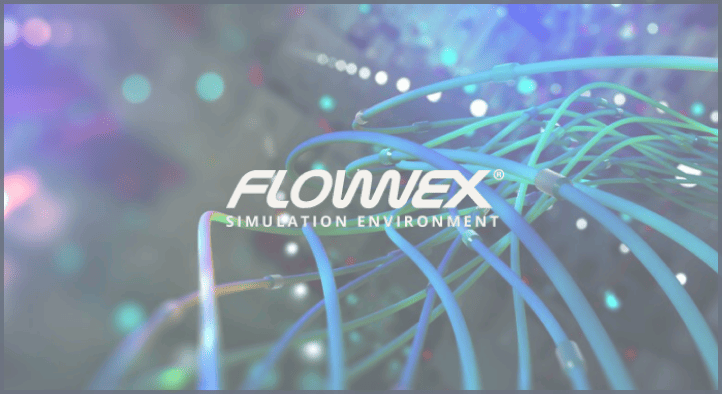Engineers looking to tackle issues involving material failure and how the failure progresses through a part or through a system need a tool with a vast array of capabilities that help simulate extrem...
Join our 1,770 subscribers
04/20/2023
More Info



Most of our customers receive their support over the phone or via email. Customers who are close by can also set up a face-to-face appointment with one of our engineers.
For most locations, simply contact us: